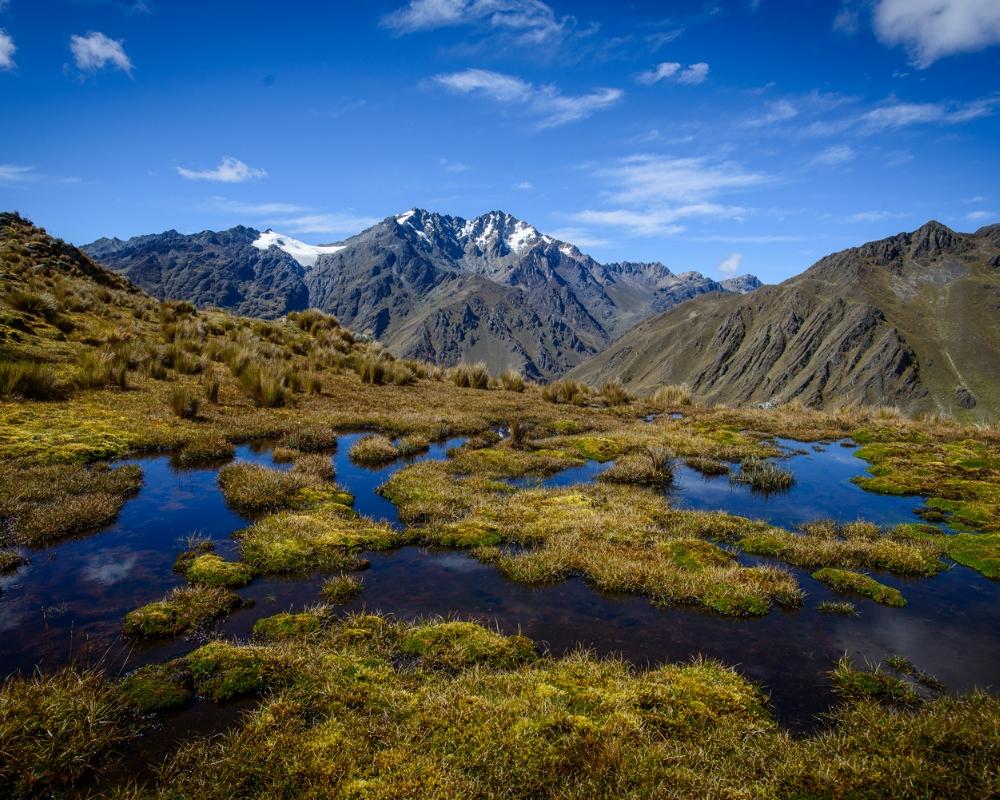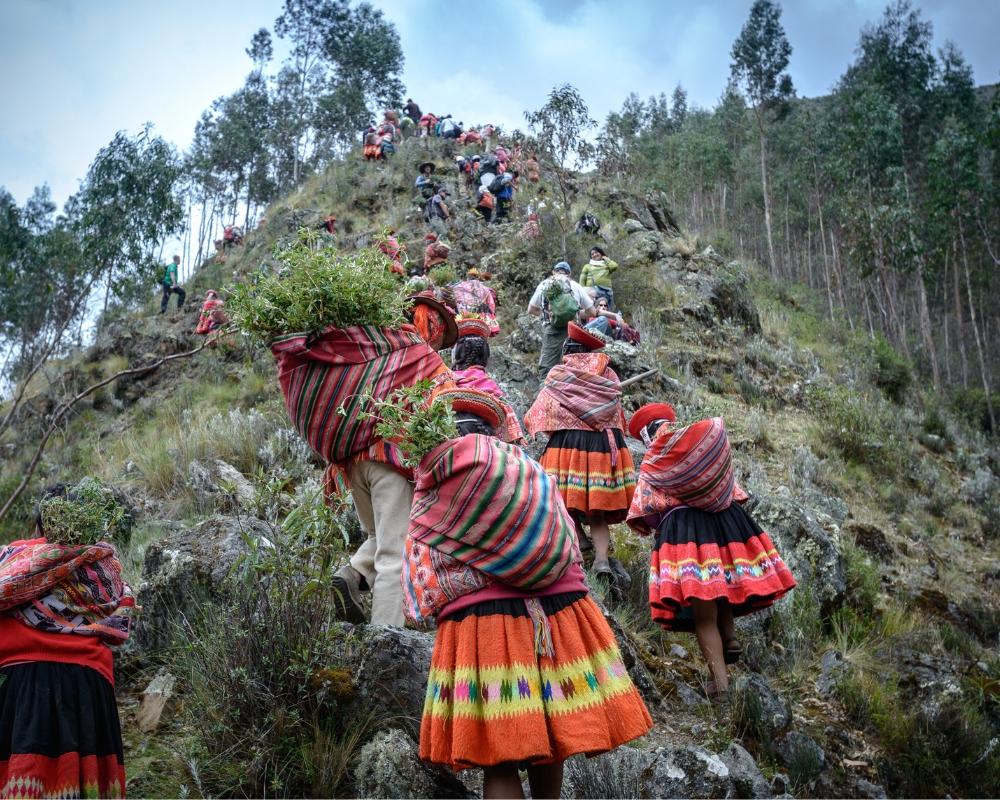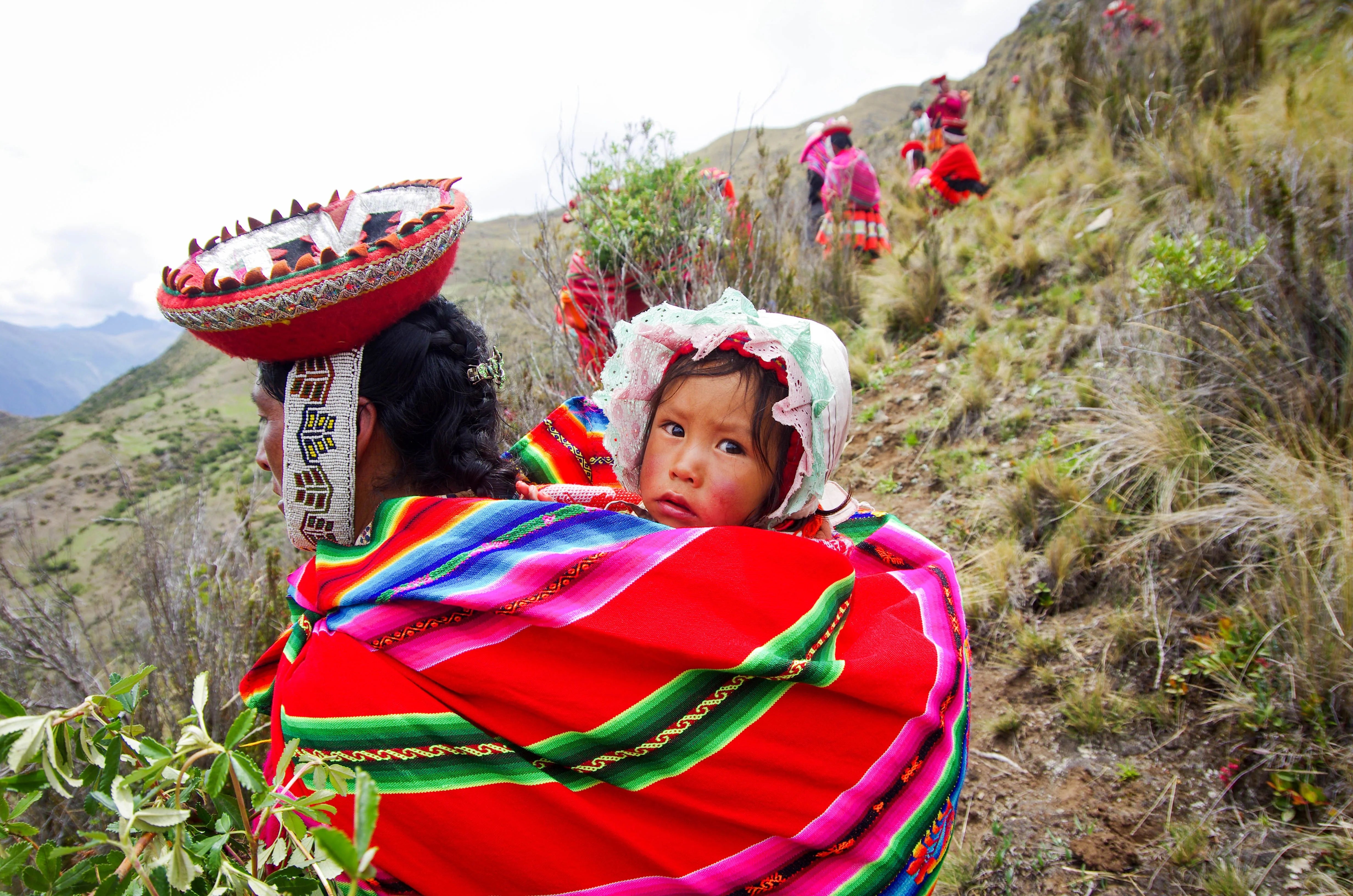Plant Trees

Happy Earth Month! Be the Change: Plant trees
About
Stay up to date on major announcements, exciting collaborations, and more.Visit our Newsroom
We make it simple for anyone to plant trees, and together we can make an incredible impact. Learn more

Stay up to date on major announcements, exciting collaborations, and more.Visit our Newsroom

We make it simple for anyone to plant trees, and together we can make an incredible impact. Learn more
Get Involved
Become a business partner to improve your company’s sustainability initiatives and make an impact. Learn more
See how your support and leadership can help us fund reforestation efforts across the globe. Learn more

Become a business partner to improve your company’s sustainability initiatives and make an impact. Learn more

See how your support and leadership can help us fund reforestation efforts across the globe. Learn more
Learn
Read about stories from the field, interesting facts about trees and get your healthy dose of nature. Visit our blog
Comprised of lesson plans, learning modules, resources, and activities, our T.R.E.E.S. School Program is the perfect addition to your curriculum. Learn more

Read about stories from the field, interesting facts about trees and get your healthy dose of nature. Visit our blog

Comprised of lesson plans, learning modules, resources, and activities, our T.R.E.E.S. School Program is the perfect addition to your curriculum. Learn more
Shop
Our fan-favorite Reforestation T-Shirt. Wear it with pride to show your support of reforesting our planet, one tree at a time. Shop now
Give the gift that lasts a lifetime! Choose an image, write your personalized message and select a delivery date to gift a tree. Gift a tree

Our fan-favorite Reforestation T-Shirt. Wear it with pride to show your support of reforesting our planet, one tree at a time. Shop now

Give the gift that lasts a lifetime! Choose an image, write your personalized message and select a delivery date to gift a tree. Gift a tree
Get Involved
Plant Trees
Restoring 1 Million Hectares of Andean Forests to Safeguard the Amazon

Get news, updates, & event Info delivered right to your inbox:
Restoring High-Altitude Forests Across the Andes Mountains
High above the Amazon basin, shrouded in mist and nestled amongst the slopes of the longest mountain chain in the world live a community of gnarled, majestic trees: the High Andes Polylepis forest. Teeming with life, and adapted to harsh conditions, these forests are threaded tightly together with indigenous communities who have called these mountains home for generations.
In the South American Andes, high altitude forests play an important role in capturing water-borne moisture. As clouds from the Amazon Basin ascend the mountains, the cooler air causes them to condense and drop much-needed rain. At the highest elevations of the Andes, the clouds hover around the peaks, diffusing the remaining moisture as fog and mist. These ‘cloud forests’ are crucial for capturing and distributing valuable moisture, serving as natural ‘water towers’ for all of South America. Despite their importance, many of these highland forests have been cleared for fuelwood and agriculture, leaving behind only fragments of their former glory.
With glaciers melting due to climate change — and few trees to capture and filter water — many highland regions now face seasonal drought and a decreasing water supply. This has an unfortunate snowball effect, as water from melting glaciers erodes soil that was once held in place by trees. This in turn degrades the topsoil and creates increasingly dry conditions, amplifying wildfire risk throughout the entire watershed — including the Amazon Rainforest.
How Reforestation Can Help
One Tree Planted is partnered with Global Forest Generation to support Accion Andina, the first multi-country, large-scale, grassroots initiative to restore the high altitude native forests of South America's high Andes. Since 2020, together with Accion Andina's indigenous and local communities, we have planted 1,125,000 Polylepis trees, with another 1,200,000 trees that will wrap up planting soon. That may sound like a lot of trees (it is), but our work in the Andes is far from done, and we look forward to continuing to work with our awesome partners in the region.
The trees planted will help restore wetlands, safeguard existing forest, and protect critical Amazon headwaters.Working with local and indigenous communities, the seeds are collected from nearby Polylepis forests and grown by local and indigenous people in community nurseries. Once ready, they're planted on designated lands to expand existing forests, or to seed new ones in historically deforested areas.
Growing at altitudes between 12,000 - 15,000 feet, Polylepis trees are some of the highest growing trees on the planetand are uniquely evolved to withstand the extreme conditions of the high Andes. Their branches harvest mist and precipitation from the clouds, while their root systems act like sponges, storing large amounts of water. Beneath their crowns, extraordinary colonies of epiphytic plants, lichens, ferns and sphagnum moss also sequester water, restraining its downhill flow while creating micro-habitats for countless small invertebrates.



Protecting a Way of Life
For many local people, Polylepis forests are recognized as critical sources of fuel, medicine, and foods. However, the primary benefit of restoring them is in recovering the essential role they play in regional watersheds. Communities here have witnessed the degradation of their environment firsthand, and they know that without regenerative watersheds, they won't have fresh drinking water or irrigation for their crops.
This is why Queuña Raymi is the festival of the polylepis.Communities gather, play music, perform ceremonial planting dances, walk together up to a planting site and collectively plant tens of thousands of trees in a single day.
By planting a "green ring" of Polylepis forests beneath the Andes’ melting glaciers, runoff can be captured and stored naturally, then slowly released back to communities below.This will help to stabilize their water supply — even during the dry season. In the process, the ecosystem benefits, people benefit, and an entire watershed ranging from the misty heights of the Andes to the Amazon Basin below is protected and rejuvenated.
In addition to safeguarding water supplies, restoration offers many other benefits to local people. As part of the project, communities receive culturally appropriate and desired services — including support in developing micro-businesses like eco-tourism and nursery-raised foods, alternative energy sources (like clay stoves), and solar panels. Other benefits include assistance in titling and registering community lands under government-sponsored conservation programs so that the trees can be protected in perpetuity.



The Highest Forests in the World
Planting Polylepis trees and restoring forests has a profound impact on highland ecosystems, too. These trees hold soil in place on rocky, steep slopes to prevent erosion. Instead of washed gullies, landslides, and diminished soils, permanent streams are created that benefit wildlife, agriculture, and the ecosystem as a whole.
Polylepis ecosystems are also hotspots for biodiversity and are home to a wide range of IUCN listed species of conservation concernranging from Andean Bears and Condors to amphibians and bird species that are still being discovered by scientists. Furthermore, these forests and the páramo heathlands they are associated with have some of the greatest floristic diversity on Earth, with many specially evolved vascular plant species found here and nowhere else.
Most importantly, these trees capture and store carbon, helping in the fight against climate change while buffering against the erosive toll that water loss and desiccation can take on entire watersheds.
Restoring the Andes, Protecting the Amazon
The Andes contain over 70% of the tropical glaciers left on Earth,yet an astounding 98% of these glaciers have shrunk or disappeared in the last century. As the impacts of climate change deepen, water from these melting glaciers continues to disappear down the mountains. In the process, valuable topsoil is eroded away, impacting downstream communities as far away as the Amazon. This is leading to extremely dry conditions that increase fire risk, and each year these fires are becoming bigger, stronger, and more frequent.
Planting Polylepis and other native tree species across wide swaths of the Andean highlands can help reverse this dangerous cycle. Planting trees here will safeguard South America’s water supply, while protecting the Amazon’s irreplaceable biodiversity. All while empowering indigenous communities to protect their lands and secure their futures.
We are incredibly grateful to work with outstanding people and innovative local partners who share our mission and values to make a difference. Looking to be a part of the movement for change? Plant a tree in the Andean forests, champion indigenous communities, and fight climate change today!
Get news, updates, & event Info delivered right to your inbox:
Meaghan Weeden
Meaghan works to share our story far and wide, manages our blog calendar, coordinates with the team on projects + campaigns, and ensures our brand voice is reflected across channels. With a background in communications and an education in environmental conservation, she is passionate about leveraging her creativity to help the environment!
Related Posts
8 Reasons to Plant Trees in Cities
23/04/2024 by One Tree Planted
Planting Trees in Mexico for Monarch Butterfly Habitat
18/04/2024 by Meaghan Weeden
Everything You Need to Know About Photosynthesis
16/04/2024 by Gabrielle Clawson
Popular On One Tree Planted
5 Causes of Deforestation
15/02/2024 by Meaghan Weeden
Inspirational Quotes About Trees
23/01/2024 by Meaghan Weeden
How to Reduce Waste: 21 Ideas for Zero Waste Living
16/01/2024 by Meaghan Weeden





